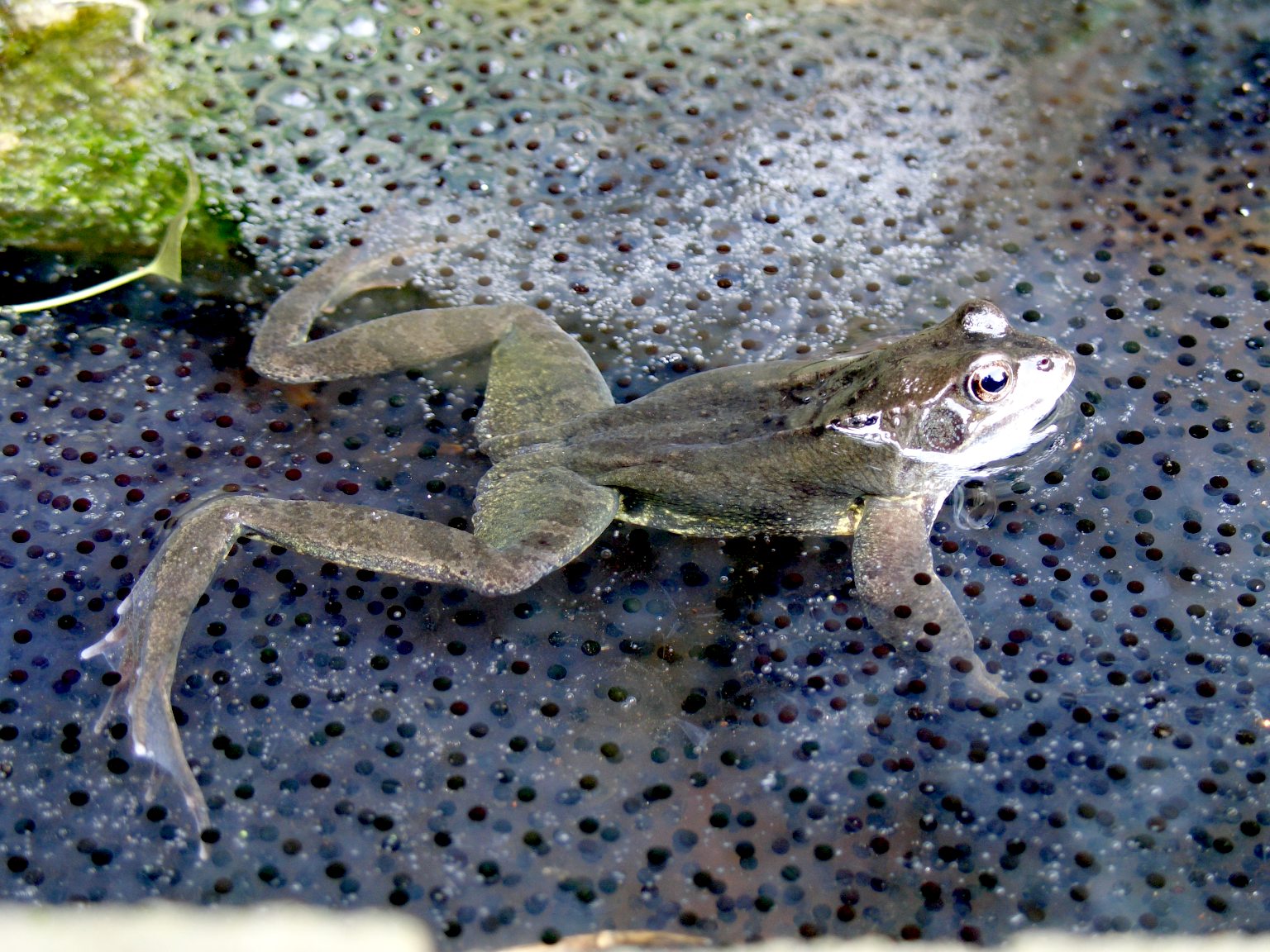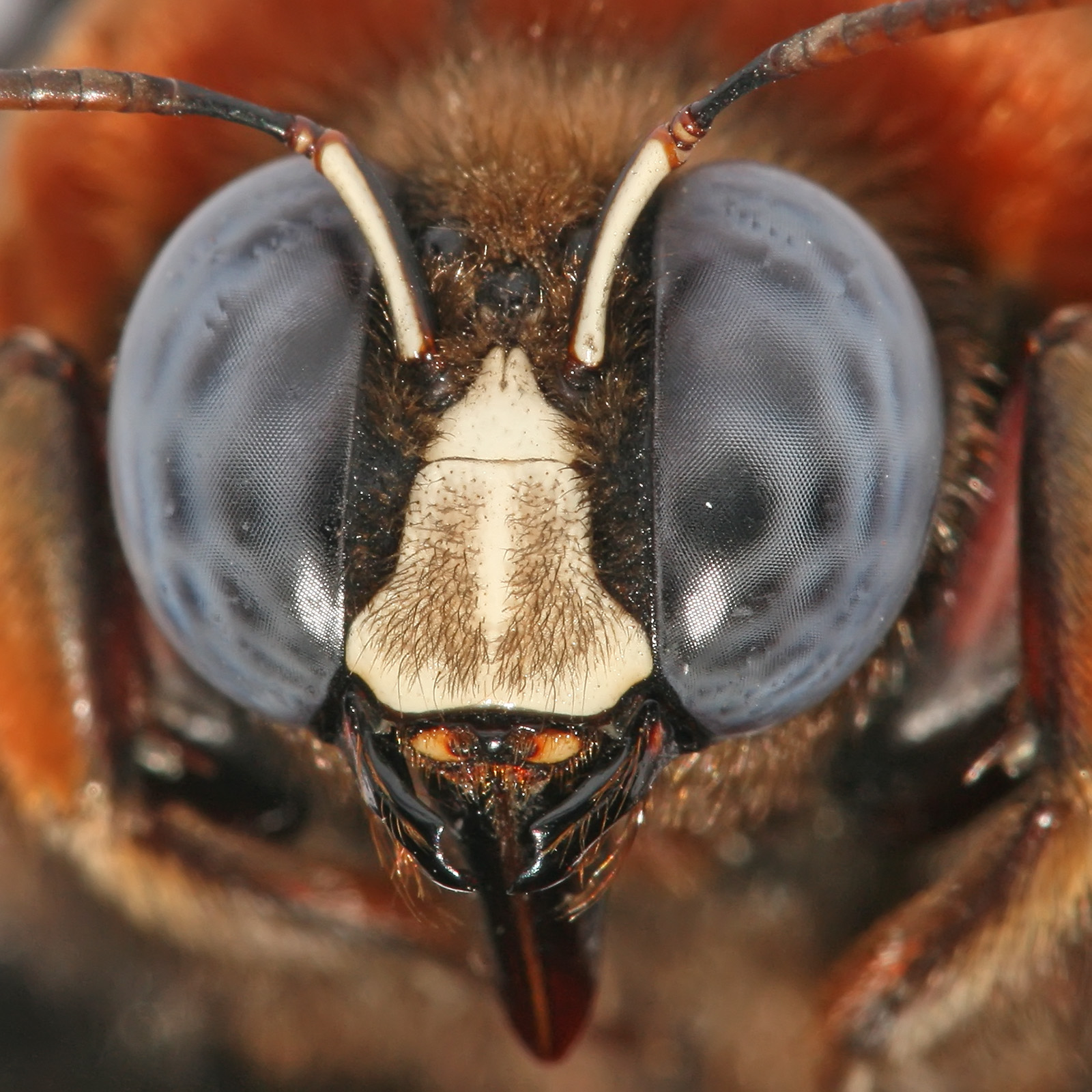|
Xylocopa Pubescens
''Xylocopa pubescens'' is a species of large carpenter bee. Females form nests by excavation with their mandibles, often in dead or soft wood. ''X. pubescens'' is commonly found in areas extending from India to Northeast Africa, Northeast and West Africa. It must reside in these warm climates because it requires a minimum ambient temperature of in order to forage. A common area of study in ''X. pubescens'' is its dominance hierarchy and guarding behavior. Colony (biology), Colonies start and end with female takeover, either by daughters of the dominant female or by foreign intruders. There is only one reproductively active female in a colony at a time who suppresses the reproduction of other females in the nest. Males hold individual territories which females enter to mate. When an intruder enters another male's territory, the male responds aggressively. ''X. pubescens'' is polylectic, so it forages on many species of plants. It forages on some plants for nectar when preparing ... [...More Info...] [...Related Items...] OR: [Wikipedia] [Google] [Baidu] |
Maximilian Spinola
Maximilian Spinola (; July 10, 1780 – November 12, 1857) was an Italian entomologist. Background Spinola was born in Pézenas, Hérault, France. The family of Spinola was of very long standing and had great wealth and power in Genoa. Maximilian Spinola was a descendant of the famous Spanish General Ambrogio Spinola, marqués de los Balbases (1569–1630) and much of his wealth derived from land held in Spain and South America. He was linked to Camillo Pallavicini. Research He received many insects from his properties in Spain and South America. He also made extensive, and expensive purchases especially of large showy tropical beetles and wasps. His entomological contributions were mainly in the orders Coleoptera, Hymenoptera and Hemiptera. Spinola made very important contributions to entomology, describing many taxa, especially in Spinola M. M., 1850.''Tavola sinottica dei generi spettanti alla classe degli insetti Arthroidignati, Hemiptera Linn., Latr. - Rhyngota F ... [...More Info...] [...Related Items...] OR: [Wikipedia] [Google] [Baidu] |
Polyphyletic
A polyphyletic group is an assemblage that includes organisms with mixed evolutionary origin but does not include their most recent common ancestor. The term is often applied to groups that share similar features known as Homoplasy, homoplasies, which are explained as a result of convergent evolution. The arrangement of the members of a polyphyletic group is called a polyphyly .. [Source for pronunciation.] It is contrasted with monophyly and paraphyly. For example, the biological characteristic of warm-bloodedness evolved separately in the ancestors of mammals and the ancestors of birds; "warm-blooded animals" is therefore a polyphyletic grouping. Other examples of polyphyletic groups are algae, C4 photosynthesis, C4 photosynthetic plants, and Xenarthra#Evolutionary relationships, edentates. Many taxonomists aim to avoid homoplasies in grouping taxa together, with a goal to identify and eliminate groups that are found to be polyphyletic. This is often the stimulus for major re ... [...More Info...] [...Related Items...] OR: [Wikipedia] [Google] [Baidu] |
Larva
A larva (; : larvae ) is a distinct juvenile form many animals undergo before metamorphosis into their next life stage. Animals with indirect development such as insects, some arachnids, amphibians, or cnidarians typically have a larval phase of their life cycle. A larva's appearance is generally very different from the adult form (''e.g.'' caterpillars and butterflies) including different unique structures and organs that do not occur in the adult form. Their diet may also be considerably different. In the case of smaller primitive arachnids, the larval stage differs by having three instead of four pairs of legs. Larvae are frequently adapted to different environments than adults. For example, some larvae such as tadpoles live almost exclusively in aquatic environments but can live outside water as adult frogs. By living in a distinct environment, larvae may be given shelter from predators and reduce competition for resources with the adult population. Animals in the lar ... [...More Info...] [...Related Items...] OR: [Wikipedia] [Google] [Baidu] |
Offspring
In biology, offspring are the young creation of living organisms, produced either by sexual reproduction, sexual or asexual reproduction. Collective offspring may be known as a brood or progeny. This can refer to a set of simultaneous offspring, such as the chick (young bird), chicks hatched from one clutch (eggs), clutch of eggs, or to all offspring produced over time, as with the brood (honeybee), honeybee. Offspring can occur after mating, artificial insemination, or as a result of cloning. Human offspring (lineal descendant, descendants) are referred to as children; male children are sons and female children are daughters (see Kinship). Overview Offspring contains many parts and properties that are precise and accurate in what they consist of, and what they define. As the offspring of a new species, also known as a child or f1 generation, consist of genes of the father and the mother, which is also known as the parent generation. Each of these offspring contains numerous ... [...More Info...] [...Related Items...] OR: [Wikipedia] [Google] [Baidu] |
Eucalyptus
''Eucalyptus'' () is a genus of more than 700 species of flowering plants in the family Myrtaceae. Most species of ''Eucalyptus'' are trees, often Mallee (habit), mallees, and a few are shrubs. Along with several other genera in the tribe Eucalypteae, including ''Corymbia'' and ''Angophora'', they are commonly known as eucalypts or "gum trees". Plants in the genus ''Eucalyptus'' have bark that is either smooth, fibrous, hard, or stringy and leaves that have oil Gland (botany), glands. The sepals and petals are fused to form a "cap" or Operculum (botany), operculum over the stamens, hence the name from Greek ''eû'' ("well") and ''kaluptós'' ("covered"). The fruit is a woody Capsule (botany), capsule commonly referred to as a "gumnut". Most species of ''Eucalyptus'' are Indigenous (ecology), native to Australia, and every state and territory has representative species. About three-quarters of Australian forests are eucalypt forests. Many eucalypt species have adapted to wildfire, ... [...More Info...] [...Related Items...] OR: [Wikipedia] [Google] [Baidu] |
A Journal Of Entomology
A, or a, is the first letter and the first vowel letter of the Latin alphabet, used in the modern English alphabet, and others worldwide. Its name in English is '' a'' (pronounced ), plural ''aes''. It is similar in shape to the Ancient Greek letter alpha, from which it derives. The uppercase version consists of the two slanting sides of a triangle, crossed in the middle by a horizontal bar. The lowercase version is often written in one of two forms: the double-storey and single-storey . The latter is commonly used in handwriting and fonts based on it, especially fonts intended to be read by children, and is also found in italic type. In English, '' a'' is the indefinite article, with the alternative form ''an''. Name In English, the name of the letter is the ''long A'' sound, pronounced . Its name in most other languages matches the letter's pronunciation in open syllables. History The earliest known ancestor of A is ''aleph''—the first letter of the Phoenician ... [...More Info...] [...Related Items...] OR: [Wikipedia] [Google] [Baidu] |
Foraging
Foraging is searching for wild food resources. It affects an animal's fitness because it plays an important role in an animal's ability to survive and reproduce. Foraging theory is a branch of behavioral ecology that studies the foraging behavior of animals in response to the environment where the animal lives. Behavioral ecologists use economic models and categories to understand foraging; many of these models are a type of optimal model. Thus foraging theory is discussed in terms of optimizing a payoff from a foraging decision. The payoff for many of these models is the amount of energy an animal receives per unit time, more specifically, the highest ratio of energetic gain to cost while foraging. Foraging theory predicts that the decisions that maximize energy per unit time and thus deliver the highest payoff will be selected for and persist. Key words used to describe foraging behavior include ''resources'', the elements necessary for survival and reproduction which have a l ... [...More Info...] [...Related Items...] OR: [Wikipedia] [Google] [Baidu] |
South Asia
South Asia is the southern Subregion#Asia, subregion of Asia that is defined in both geographical and Ethnicity, ethnic-Culture, cultural terms. South Asia, with a population of 2.04 billion, contains a quarter (25%) of the world's population. As commonly conceptualised, the modern State (polity), states of South Asia include Bangladesh, Bhutan, India, the Maldives, Nepal, Pakistan, and Sri Lanka, with Afghanistan also often included, which may otherwise be classified as part of Central Asia. South Asia borders East Asia to the northeast, Central Asia to the northwest, West Asia to the west and Southeast Asia to the east. Apart from Southeast Asia, Littoral South Asia, Maritime South Asia is the only subregion of Asia that lies partly within the Southern Hemisphere. The British Indian Ocean Territory and two out of Atolls of Maldives, 26 atolls of the Maldives in South Asia lie entirely within the Southern Hemisphere. Topographically, it is dominated by the Indian subcontinent ... [...More Info...] [...Related Items...] OR: [Wikipedia] [Google] [Baidu] |
Cape Verde
Cape Verde or Cabo Verde, officially the Republic of Cabo Verde, is an island country and archipelagic state of West Africa in the central Atlantic Ocean, consisting of ten volcanic islands with a combined land area of about . These islands lie between west of Cap-Vert, the westernmost point of continental Africa. The List of islands of Cape Verde, Cape Verde islands form part of the Macaronesia ecoregion, along with the Azores, the Canary Islands, Madeira and the Savage Isles. The Cape Verde archipelago was uninhabited until the 15th century, when Portuguese Empire, Portuguese explorers colonized the islands, establishing one of the first Age of Discovery, European settlements in the tropics. Due to its strategic position, Cape Verde became a significant location in the Atlantic slave trade, transatlantic slave trade during the 16th and 17th centuries. The islands experienced economic growth during this period, driven by their role by the rapid emergence of merchants, priva ... [...More Info...] [...Related Items...] OR: [Wikipedia] [Google] [Baidu] |
Xylocopa Pubescens Male 1
Carpenter bees are species in the genus ''Xylocopa'' of the subfamily Xylocopinae. The genus includes some 500 bees in 31 subgenera. The common name "carpenter bee" derives from their nesting behavior; nearly all species burrow into hard plant material such as dead wood or bamboo. The main exceptions are species in the subgenus '' Proxylocopa'', which dig nesting tunnels in suitable soil. Characteristics Many species in this enormous genus are difficult to tell apart; most species are all black, or primarily black with some yellow or white pubescence. Some differ only in subtle morphological features, such as details of the male genitalia. Males of some species differ confusingly from the females, being covered in greenish-yellow fur. The confusion of species arises particularly in the common names; in India, for example, the common name for any all-black species of ''Xylocopa'' is ''bhanvra'' (or ''bhomora'' - ভোমোৰা - in Assamese), and reports and sightings of ... [...More Info...] [...Related Items...] OR: [Wikipedia] [Google] [Baidu] |
Israel Journal Of Entomology
The ''Israel Journal of Entomology'' is a peer-reviewed open access scientific journal covering all areas of entomology, with a worldwide scope. Besides insects, it also covers non-marine Crustacea and Chelicerata. The journal's printed version is produced annually. The journal was established in 1966 and is published by the Entomological Society of Israel. The editor-in-chief is Mike Mostovski (Tel Aviv University and University of KwaZulu-Natal). Abstracting and indexing The journal is abstracted and indexed in: *Biological Abstracts *BIOSIS Previews *CAB Abstracts * EBSCO databases *Scopus *The Zoological Record ''The Zoological Record'' (''ZR'') is an electronic index of zoological literature that also serves as the unofficial register of scientific names in zoology. It was started as a print publication in 1864 by the Zoological Society of London, ... See also * List of entomology journals References External links *{{Official website, http://ij-entomology.online/oj ... [...More Info...] [...Related Items...] OR: [Wikipedia] [Google] [Baidu] |





